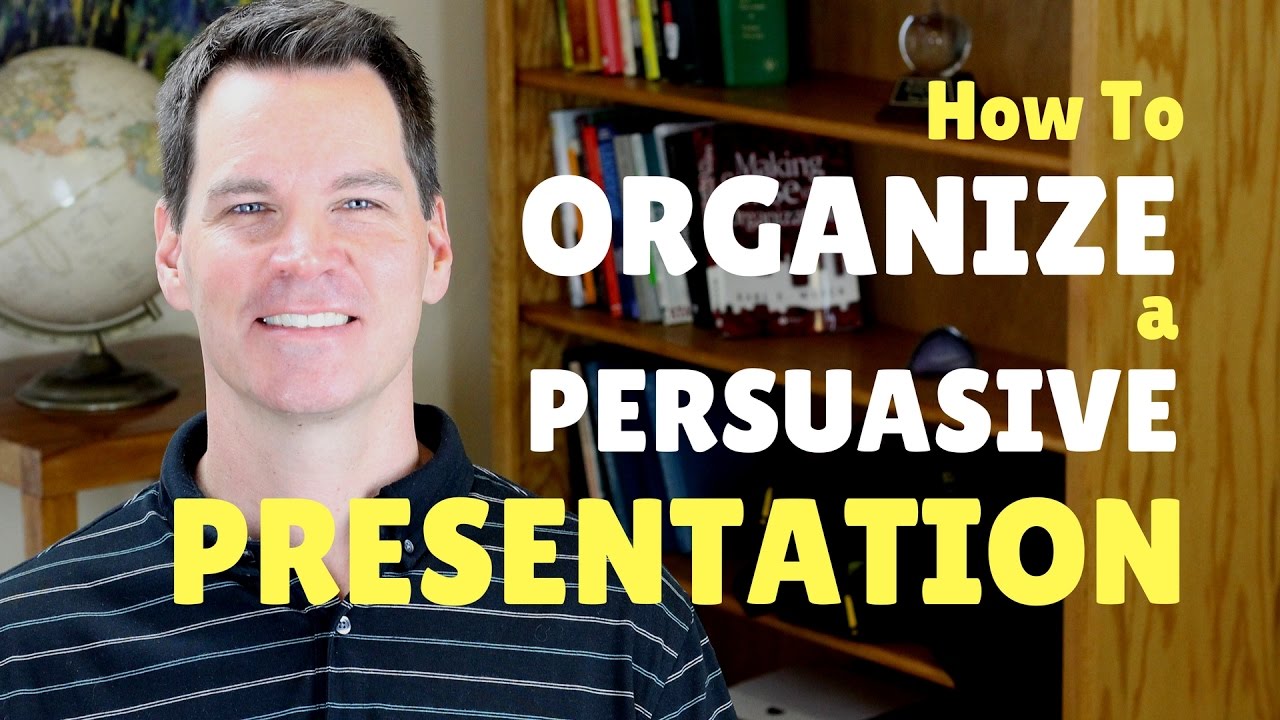
How to Start a Persuasive Speech: 5 Powerful Techniques for Captivating Your Audience

- Understanding the Importance of Starting Strong in a Persuasive Speech
- Key Elements to Include in Your Opening Statement
- Effective Techniques for Captivating Your Audience from the First Sentence
- Common Mistakes to Avoid When Starting a Persuasive Speech
- Examples of Powerful Openings for Persuasive Speeches
Understanding the Importance of Starting Strong in a Persuasive Speech
Starting strong in a persuasive speech is crucial for capturing the audience's attention and setting the tone for the entire presentation. The opening moments are often the most critical, as they determine whether the audience is engaged or distracted. A compelling introduction not only piques interest but also establishes credibility and builds rapport with listeners. When speakers effectively articulate their main idea right from the start, they create a framework that encourages the audience to invest their time and attention.
Key elements of a strong opening include:
- Attention-Grabbing Hook: Utilize anecdotes, quotes, or surprising statistics to captivate your audience immediately.
- Clear Purpose Statement: Clearly articulate the objective of the speech to ensure the audience knows what to expect.
- Establishing Credibility: Briefly introduce your qualifications or personal connection to the topic to gain the audience's trust.
A well-crafted opening not only engages but also provides a roadmap for the audience. By outlining the main points to be discussed, speakers help listeners follow along more easily, thereby enhancing retention of the information presented. This strategic approach reinforces the persuasive elements of the speech, as the audience is more likely to be swayed by well-organized arguments that flow logically from one point to the next.
Moreover, a strong start can evoke emotions that resonate with the audience, making them more receptive to the speaker's message. Emotional engagement is a powerful tool in persuasion, and it often begins with the initial words spoken. By appealing to the audience's feelings and values from the outset, speakers can foster a connection that makes their arguments more compelling and memorable.
Key Elements to Include in Your Opening Statement
An effective opening statement sets the tone for any presentation, whether in a courtroom, a business meeting, or a public speech. To capture your audience's attention and establish your credibility, it’s essential to incorporate several key elements.
1. Clear Purpose
Your opening statement should begin with a clear indication of its purpose. This sets the stage for what is to come and helps the audience understand your objectives. Use straightforward language to articulate the main point you wish to convey. For example, you might start with, "Today, I will demonstrate how our proposed solution addresses the critical issues facing our community." This clarity not only engages your listeners but also provides them with a roadmap for your discussion.
2. Engaging Hook
To draw in your audience right from the start, include an engaging hook. This could be a thought-provoking question, a surprising statistic, or a brief anecdote that relates to your topic. For instance, you could say, "Did you know that over 60% of small businesses fail within the first five years?" This type of opening captures attention and piques curiosity, encouraging the audience to listen closely to your argument.
3. Establishing Credibility
Establishing your credibility early in the opening statement is crucial. This can be achieved by briefly sharing your qualifications, experience, or connection to the topic at hand. For instance, you might mention, "As a professional with over a decade of experience in environmental policy, I have witnessed firsthand the impact of our current practices." By showcasing your expertise, you instill confidence in your audience regarding the information you are about to present.
4. Overview of Key Points
Lastly, providing a brief overview of the key points you will cover helps to prepare your audience for the discussion. This outline serves as a guide, allowing listeners to follow along and understand how each point connects to your main argument. A simple statement like, "I will discuss three primary strategies that can help us mitigate this issue: prevention, education, and community involvement." keeps the audience focused and engaged throughout your presentation.
Effective Techniques for Captivating Your Audience from the First Sentence
Captivating your audience from the very first sentence is crucial for engaging readers and keeping their attention. To achieve this, consider employing a few powerful techniques that can instantly draw your audience in. One of the most effective methods is to start with a compelling question. A thought-provoking question not only piques curiosity but also encourages readers to reflect on their own experiences, making them more invested in your content.
Another technique is to use a striking statistic or surprising fact. By presenting information that challenges common perceptions, you can create intrigue and motivate your audience to read further. For instance, beginning with a statistic that highlights a problem or trend relevant to your topic can serve as a powerful hook. This approach not only establishes credibility but also emphasizes the importance of your subject matter.
Utilizing vivid imagery and descriptive language can also enhance your opening sentence. When you paint a picture with words, you stimulate the reader’s imagination and emotions, making your content more relatable and memorable. A well-crafted opening that evokes sensory experiences can make your audience feel connected to your message right from the start.
Lastly, consider incorporating a personal anecdote or relatable story. Sharing a brief, relevant experience can humanize your content and foster a connection with your audience. This technique allows readers to see themselves in your narrative, making them more likely to engage with your message. By combining these strategies, you can create a powerful opening that not only captures attention but also sets the tone for an engaging reading experience.
Common Mistakes to Avoid When Starting a Persuasive Speech
Starting a persuasive speech effectively sets the tone for the entire presentation, but many speakers make critical mistakes that can undermine their message. One common error is failing to capture the audience's attention right away. The opening should be engaging and thought-provoking, using a compelling story, a surprising statistic, or a provocative question to draw listeners in. Avoid generic openings or clichés, as these can make the audience disengage before your key points are even introduced.
Another mistake is neglecting to establish credibility early on. Audiences need to know why they should listen to you, so it's essential to share relevant credentials or personal experiences that lend authority to your message. This could be a brief mention of your background or a personal anecdote related to the topic. By doing so, you not only build trust but also enhance the persuasive impact of your speech.
Overloading the introduction with information is another pitfall to avoid. While it's important to provide context, bombarding the audience with excessive data or complex ideas can lead to confusion. Aim for clarity and simplicity in your opening remarks. Instead of diving into intricate details, outline the main points you will cover, providing just enough information to pique interest without overwhelming your listeners.
Lastly, many speakers overlook the importance of a strong thesis statement in their opening. A clear and concise thesis not only outlines the purpose of your speech but also gives the audience a roadmap of what to expect. Ensure your thesis is specific and assertive, setting a strong foundation for your argument. By avoiding these common mistakes, you can start your persuasive speech on the right foot and effectively engage your audience from the very beginning.
Examples of Powerful Openings for Persuasive Speeches
Opening a persuasive speech effectively is crucial for capturing your audience's attention and setting the tone for your message. A powerful opening can take various forms, each designed to engage listeners and provoke thought. Here are some impactful examples that can be tailored to suit different topics and audiences.
1. Start with a Provocative Question
One of the most effective ways to engage your audience is by posing a thought-provoking question. This technique not only grabs attention but also encourages listeners to reflect on their own beliefs. For instance, you might ask, "What would you do if you had only one day to live?" This type of opening immediately creates a sense of urgency and invites the audience to consider their values and priorities.
2. Use a Compelling Statistic
Statistics can serve as a powerful tool to establish credibility and highlight the importance of your topic. Opening with a striking statistic can make your audience sit up and take notice. For example, stating, "Did you know that over 800 million people worldwide go to bed hungry every night?" can effectively set the stage for a speech on food security and social responsibility. This approach not only informs but also motivates the audience to pay attention to the issue at hand.
Personal stories can create an emotional connection with your audience, making your message more relatable. Consider beginning with a brief anecdote that illustrates your main point. For example, you could say, "Last summer, I met a young girl in a refugee camp who dreamt of going to school but had no means to do so." This type of opening draws listeners in and humanizes the topic, making them more likely to engage with your message.
4. Quote a Famous Figure
Quoting a well-known individual can lend authority to your speech and resonate with your audience. For example, starting with a quote like, "The only thing we have to fear is fear itself," by Franklin D. Roosevelt can be an effective way to address themes of courage and resilience. This method not only captures attention but also frames your argument within a broader context, inviting deeper consideration from your listeners.
Did you find this article helpful? How to Start a Persuasive Speech: 5 Powerful Techniques for Captivating Your Audience See more here General.
Leave a Reply





Related posts